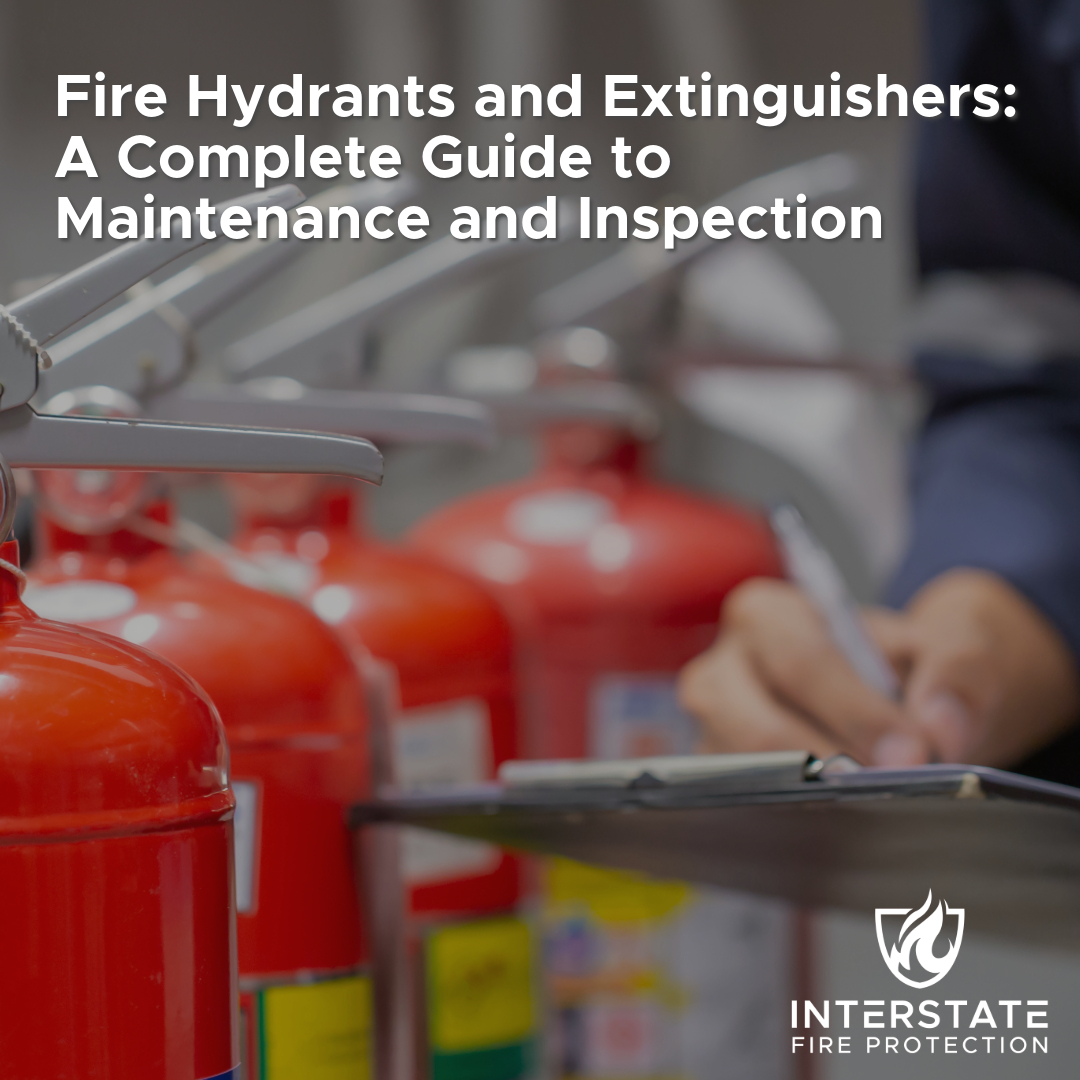
Fire hydrants and extinguishers are the backbone of any fire safety strategy. Whether you manage a commercial facility, an industrial plant, or a residential property, these tools are essential for protecting lives and property during a fire emergency. However, their effectiveness depends heavily on regular maintenance and thorough inspections. Neglecting these critical components of fire safety can lead to equipment failure, putting people, assets, and operations at risk. This guide provides a comprehensive overview of maintaining fire hydrants and extinguishers, helping you ensure their reliability and compliance with safety regulations.
Maintaining Fire Hydrants and Extinguishers
Fire hydrants and extinguishers are often the first line of defense against fires, especially in the critical moments before emergency services arrive. Proper maintenance ensures these tools function as intended, providing the necessary pressure, coverage, and extinguishing power to contain a fire.
Key reasons why maintenance is essential include:
- Functionality – Equipment that hasn’t been inspected or maintained may fail when needed most. Blockages, leaks, or worn-out components can render hydrants and extinguishers ineffective.
- Compliance – Regulatory bodies such as the National Fire Protection Association (NFPA) mandate regular inspections and maintenance. Failure to comply can result in fines, insurance penalties, and increased liability.
- Safety and Reliability – Well-maintained equipment gives occupants confidence and ensures a prompt response during emergencies, minimizing potential injuries and property damage.
Fire Hydrant Maintenance: Key Steps
Fire hydrants play a critical role in providing water to suppress fires. Regular maintenance ensures they are ready to perform when required. Here’s how to maintain fire hydrants effectively:
- Conduct Regular Inspections – Hydrants should be inspected at least annually. Inspections should include checks for visible damage, leaks, and obstructions around the hydrant.
- Check Valve Operation – Open and close the valve to ensure it operates smoothly. A sticking valve can delay water flow, reducing the hydrant’s effectiveness.
- Clear Obstructions – Remove debris, vegetation, or other materials that might block access to the hydrant. This ensures firefighters can quickly connect hoses in an emergency.
- Inspect Caps and Threads – Ensure caps and threads are free from rust or damage. Faulty threads can delay the connection of hoses, affecting water delivery.
- Flush the Hydrant – Flushing hydrants remove sediment or debris from the pipes, ensuring water flows freely when needed.
At Interstate Fire, we provide professional hydrant maintenance services, ensuring your equipment remains compliant and fully functional.
Fire Extinguisher Maintenance: A Step-by-Step Guide
Portable fire extinguishers are vital for tackling small fires before they escalate. Their portability and ease of use make them indispensable tools in any fire safety strategy. However, regular maintenance is necessary to ensure their effectiveness.
- Monthly Visual Inspections – Pressure Gauge: Ensure the needle is within the recommended pressure range.
- Physical Condition – Look for dents, corrosion, or other signs of wear. Tamper Seal and Pin: Check that the seal and pin are intact to ensure the extinguisher hasn’t been used or tampered with.
- Annual Professional Inspections – Fire extinguishers should be inspected annually by a certified professional. This includes checking the internal components, pressure levels, and overall functionality.
- Recharging After Use – Any extinguisher that has been partially or fully discharged must be recharged immediately. Even if it was only used briefly, the pressure and extinguishing agent need to be restored to ensure readiness.
- Hydrostatic Testing – Periodic hydrostatic testing ensures the extinguisher’s cylinder can withstand the pressure required during operation. This testing is typically required every 5 to 12 years, depending on the type of extinguisher.
- Proper Storage – Ensure extinguishers are stored in accessible locations, away from extreme heat or cold, and securely mounted to prevent accidental damage.
Common Challenges in Maintenance and How to Address Them
- Aging Equipment – Over time, fire safety equipment may become outdated or less effective. Regular inspections can help identify when replacements or upgrades are necessary.
- Environmental Factors – Exposure to harsh weather, humidity, or chemicals can cause rust, corrosion, or wear. Protective covers and routine checks can mitigate these risks.
- Lack of Employee Training – Employees should be trained to perform basic visual inspections and report issues. Regular fire safety training ensures everyone knows how to use extinguishers properly.
- Unclear Responsibilities – Assign specific team members or hire professionals to oversee hydrant and extinguisher maintenance. Clear accountability reduces the likelihood of missed inspections.
Compliance with Regulations
Both hydrants and extinguishers must meet NFPA standards and local fire codes. These regulations outline specific requirements for inspection frequency, maintenance procedures, and documentation. Staying compliant not only reduces liability but also ensures that your equipment is ready to perform in an emergency.
Interstate Fire specializes in helping businesses meet these regulatory requirements. Our certified technicians provide thorough inspections, detailed reporting, and expert guidance to keep your fire safety systems in top condition.
Partnering with Interstate Fire for Maintenance
At Interstate Fire, we understand the importance of reliable fire safety equipment. Our comprehensive maintenance services include:
- Annual inspections and testing for hydrants and extinguishers.
- Professional recharging and hydrostatic testing.
- Detailed compliance reporting for regulatory agencies.
- Custom maintenance plans tailored to your facility’s needs.
By partnering with us, you can focus on running your business while we ensure your fire safety equipment is always ready to perform.
Protect Your Facility with Regular Maintenance
Don’t let neglected equipment put your property and people at risk. Regular maintenance and inspections are not just legal obligations—they are essential for ensuring safety and preparedness. With the expertise of Interstate Fire, you can rest assured that your fire hydrants and extinguishers will perform when it matters most.
Contact us today to schedule a maintenance consultation and take the first step toward enhanced fire safety.
